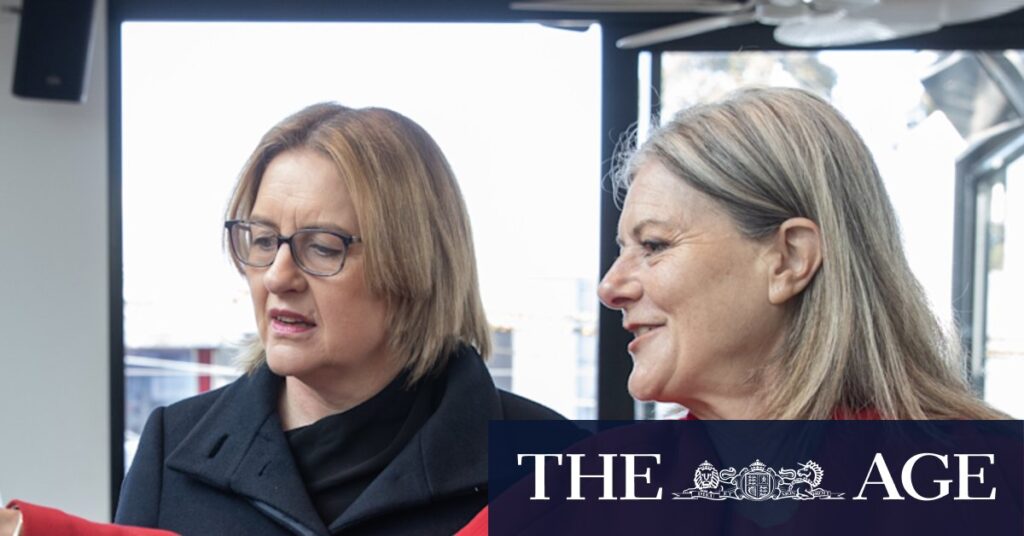
Landowners in Victoria looking to subdivide or build a second dwelling on their properties will soon benefit from a faster approval process, with applications set to be processed in just two weeks starting next month. This significant change, announced by Premier Jacinta Allan, aims to streamline housing development as part of a broader strategy to address housing shortages and affordability in the state.
On Thursday, Allan will unveil the new rules that incorporate these applications into the VicSmart approval process, reducing the current wait time from over 60 days to just 10 business days. The change is expected to save applicants more than $2,400 in fees. To qualify for the expedited process, applications must adhere to specific standards regarding siting, privacy, and design, while respecting existing heritage and environmental overlays.
Boosting Housing Supply for Millennials
The initiative is part of a broader government effort to increase housing availability, particularly for young people. “I want to get Millennials into homes,” Allan stated. “Every time a new home is approved faster, a door opens for young people to live where they want – near the things they need and the people they love.”
This announcement follows the government’s release of maps for 25 new activity centers, promoting higher-density living with buildings up to 16 stories high in areas well-serviced by public transport. The Victorian government has committed to building 800,000 homes over the next decade, with a focus on developing 70 percent of these homes in established areas.
Strategic Planning for Urban Growth
Since 2023, the state has been working towards its ambitious housing targets, which include the construction of high-rise buildings along main roads and near railway stations. The strategy also involves developing townhouses and low-rise apartments, with height restrictions decreasing as the distance from transport hubs increases.
To facilitate this growth, the government has introduced a “deemed to comply” code for townhouses and low-rise apartments up to three stories, limiting local objections if designs meet key standards. Allan’s latest announcement builds on this commitment by simplifying the process for subdividing and building homes on larger plots.
Expert Opinions and Community Impact
Planning Minister Sonya Kilkenny emphasized the potential benefits of the fast-track system, noting, “For many people, the biggest housing opportunity is right behind them – in their own backyard. That’s an opportunity for someone else, too – a young family, a first home buyer or a downsizer.”
The government has already facilitated the construction of over 500 small second homes through a policy introduced in December 2023, allowing for granny flats and small homes without a planning permit.
Opposition and Criticisms
Despite the government’s efforts, opposition figures have criticized the approach, citing affordability concerns. Opposition housing spokesman Richard Riordan argued that high property taxes remain a significant barrier to home ownership. “The single biggest barrier to buying a house is affordability,” Riordan said. “This is a problem the Allan Labor government refuses to address, with 45 percent of the cost of a new home being made up of taxes, charges, and regulations.”
Riordan proposed that the Liberals and Nationals would improve affordability by abolishing stamp duty on homes worth up to $1 million for first-time buyers. Meanwhile, Shadow Treasurer James Newbury expressed concerns about the impact of higher-density plans on local character, particularly in his Brighton electorate.
Looking Ahead
As Victoria moves forward with its housing strategy, the government remains focused on balancing the need for increased housing supply with community concerns and environmental considerations. The fast-tracking of approvals is a critical step in this process, promising to make home ownership more accessible for many Victorians.
With the new rules set to take effect next month, stakeholders across the housing sector will be closely watching the implementation and impact of these changes. As the state continues to evolve, the success of these initiatives will likely play a significant role in shaping Victoria’s urban landscape in the years to come.







